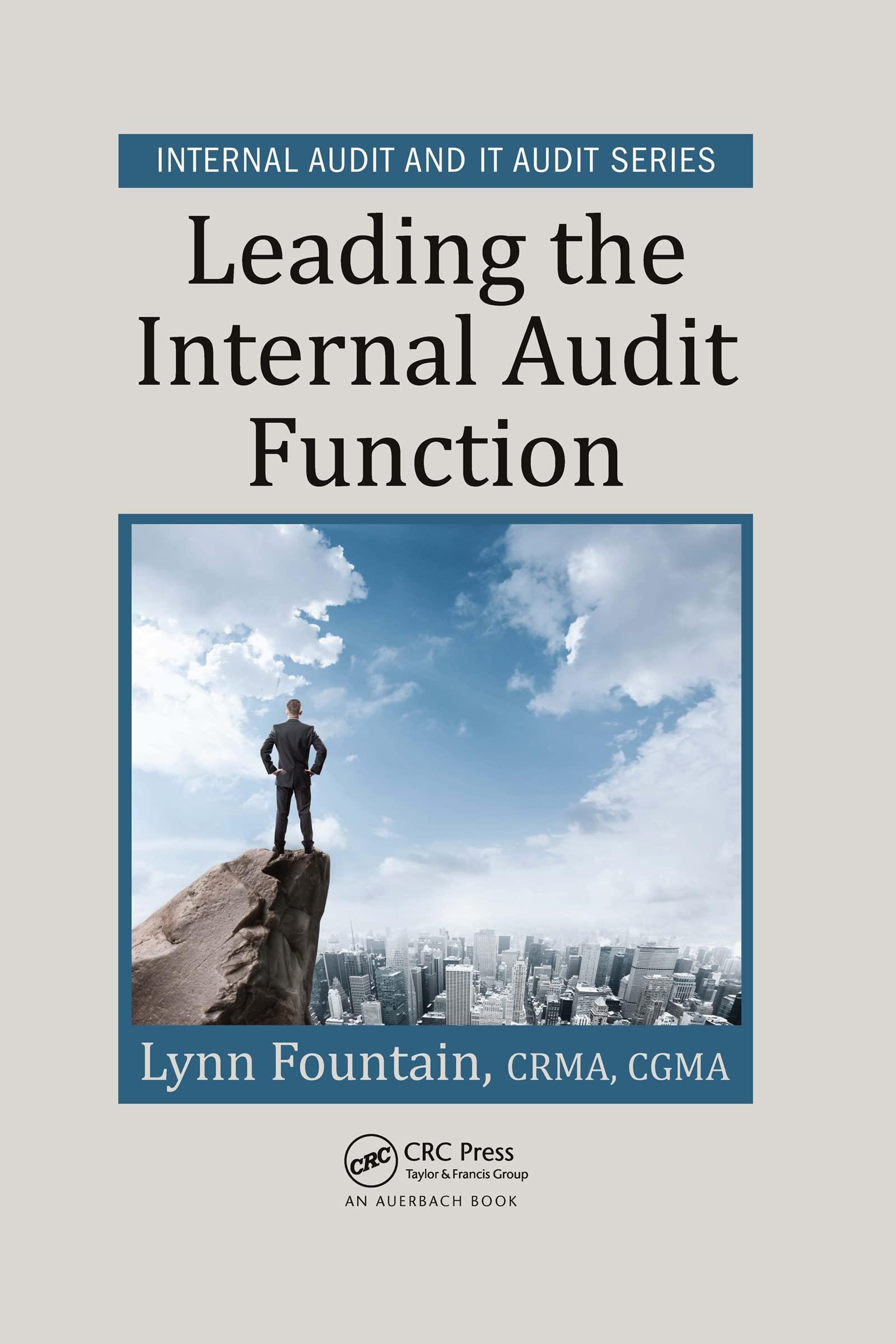Question
The great talent migration has seen a surge in the number of employees either quitting or planning on leaving their employers when job opportunities are
The great talent migration has seen a surge in the number of employees either quitting or planning on leaving their employers when job opportunities are at their peak. Dubbed as The Great Resignation, it has been a little-known but surprising fallout of the current pandemic. Many employees are either quitting or planning on leaving their employers, even at the cost of changing industries. And, it is happening when job opportunities are at an all-time high. According to the U.S. Bureau of Labor Statistics, for instance, four million Americans quit their jobs in July 2021. Resignations peaked in April and have remained unusually high for the past several months, with a record-breaking 10.9 million available jobs in the market at the end of July. Monster.coms study pegs the figure to be even higher, at over 90%, for those who want to join the great migration. The resignation pandemic has not spared India either, with talent acquisition numbers touching record levels, even crossing the pre-COVID-19 mark. As a result, the job market sequentially grew by 11% in July. No wonder the countrys information technology (IT) sector has reported a 52% increase in the hiring of skilled professionals and the highest spike in the number of recruits in a decade! A study commissioned by Amazon India in September 2021 revealed that nearly 51% of job-seeking adults wanted to pursue opportunities in industries in which they had negligible or no experience. And 68 % of them wanted to switch industries. Additionally, these developments have raised questions on the cultural fitment of the existing workforce in rapidly transforming organisations. Besides, they have put the spotlight on the efficacy of the current frameworks on performance appraisals and competency mapping of professionals. There are also discussions on the lack of clear communication on learning and development programmes and employee feedback tools. Hence, there is an urgent need to design new forms of talent and performance assessment tools for evolving workplaces. Organisations must now introspect whether the absence of one-on-one physical interactions and closure of offices has meant that employees have lacked a sense of belonging to their workplace and no longer find a larger purpose or meaning in their jobs. Besides, employees may be seeing little reason for optimism about their future in organisations because of the prevalent uncertainty and negativity. Perhaps, working from home and lack of clear directions from the top have made them anxious about their productivity and relevance. Of course, many of them may have simply quit because they had reached a breaking point because of increased workloads during the months of lockdowns, hiring freezes and other pressures, forcing them to reassess their work and life goals. The pandemic has also unprecedentedly underlined the age-old problem of skills mismatch within. The problem perhaps partly lies in the fact that the pandemic has forced companies to opt for virtual hiring and talent assessments without possessing the necessary toolkits to undertake them. Hence, while the changing landscape is creating new skills sets and roles, the required assessment frameworks are still lacking. However, the most important skill for the workforce today is to learn, unlearn and relearn to remain relevant to any organisation. It is in this phase that technology-led and data-driven talent and performance assessment tools will play a critical role. Thus, creating a talent pipeline, assuaging the discontented employees feelings, retaining them and grappling with the post-pandemic recovery will mandate a carefully crafted strategic approach from top management. It will also mean embracing a data-driven approach to understand which employees are at most risk of leaving and why and resolving their issues at the earliest. However, for organisations willing to learn from their experiences and adopt new technological tools, the churn offers endless possibilities. Not just to attract the right talent with the necessary skills sets but also to adopt new hiring and talent assessment tools to meet the needs of a fast-changing workplace landscape. Q1. Identify the top 3 people challenges to business in this era of the great resignation (as mentioned in the article). What implications does it have on talent management in Organisations? Q2. Based on your response to Q1, identify two processes from the Bersin Talent Framework which you will choose as interventions and explain how will you use them to manage the challenge?
Step by Step Solution
There are 3 Steps involved in it
Step: 1

Get Instant Access to Expert-Tailored Solutions
See step-by-step solutions with expert insights and AI powered tools for academic success
Step: 2

Step: 3

Ace Your Homework with AI
Get the answers you need in no time with our AI-driven, step-by-step assistance
Get Started


